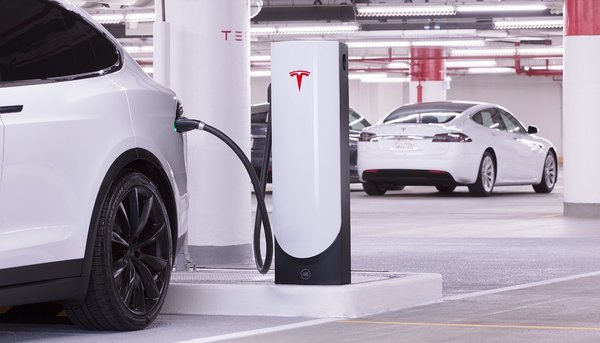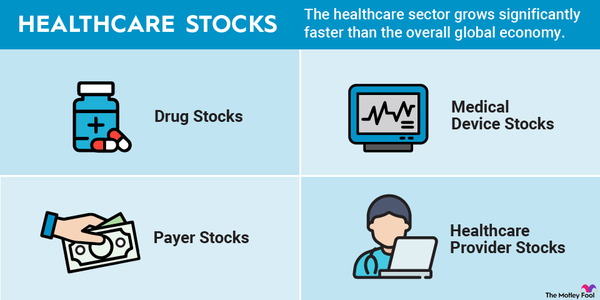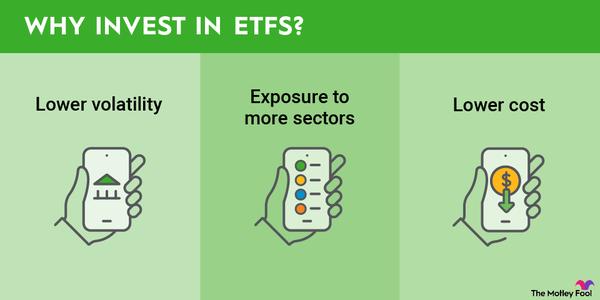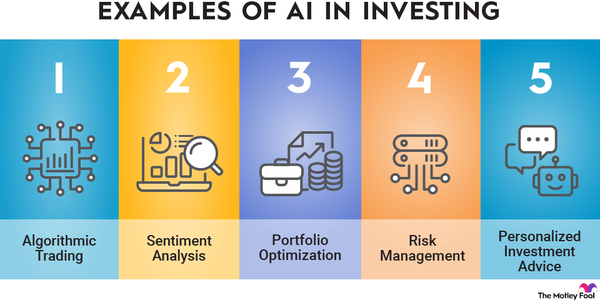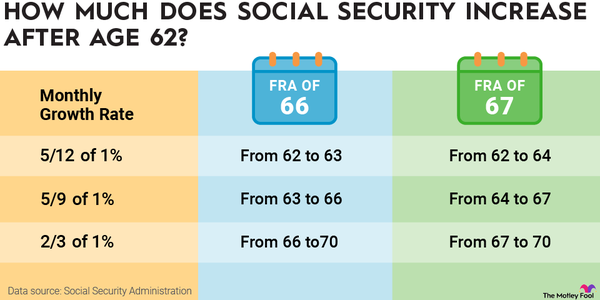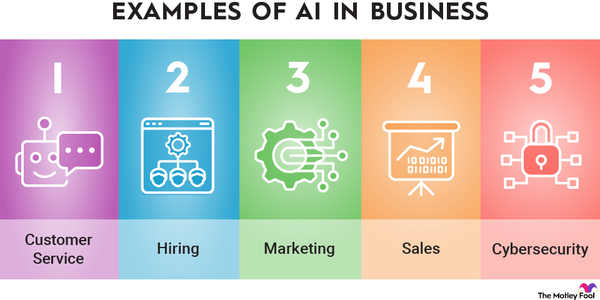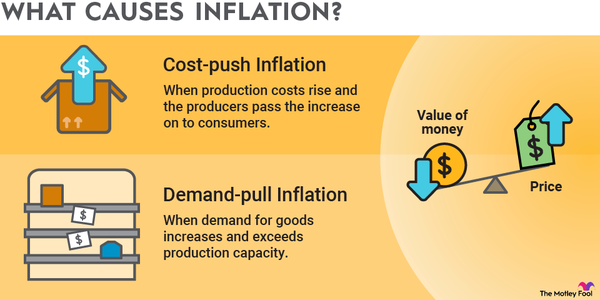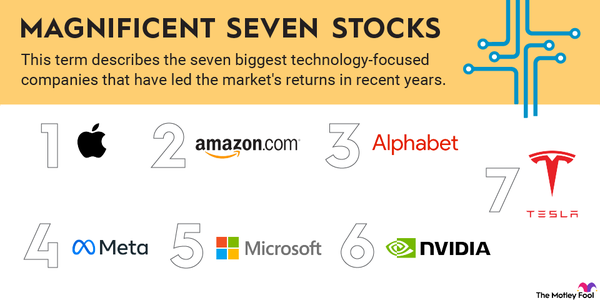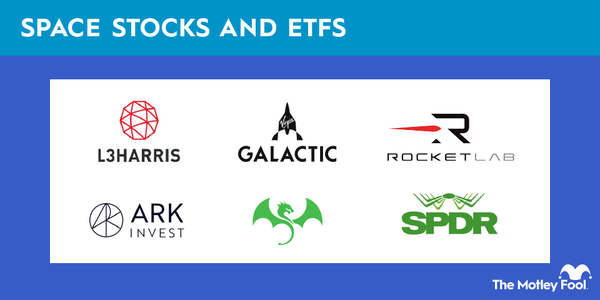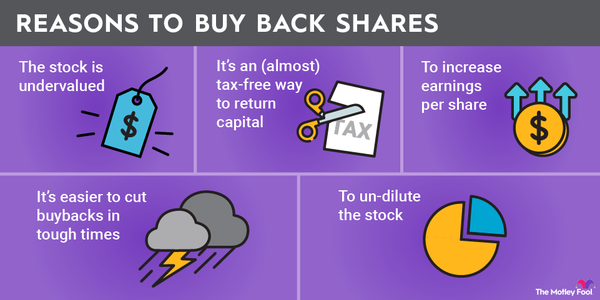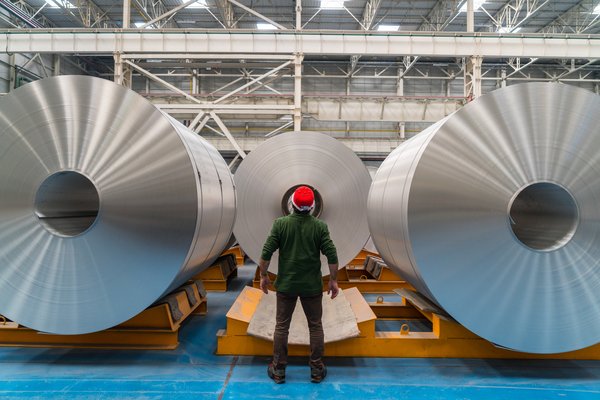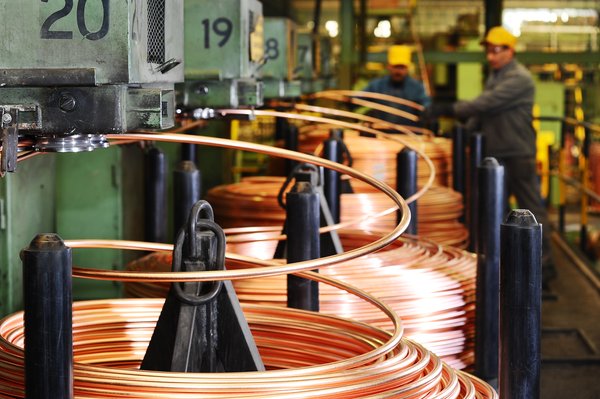Use of artificial intelligence (AI) has grown rapidly since the launch of ChatGPT in 2022. Because AI technology requires substantial computing power, tech companies are investing heavily in data centers with the infrastructure and computing power to meet their needs.
Companies worldwide spent $430 billion on data centers in 2024, according to a report by Dell'Oro Group. Spending is projected to reach $1.1 trillion by 2029. While many tech companies are investing in AI, four in particular are spending the most:
| Name and ticker | Market cap | Current price | Sector |
|---|---|---|---|
| Meta Platforms (NASDAQ:META) | $1.3 trillion | $503.04 | Communication Services |
| Microsoft (NASDAQ:MSFT) | $2.8 trillion | $371.56 | Information Technology |
| Amazon (NASDAQ:AMZN) | $1.9 trillion | $174.96 | Consumer Discretionary |
| Alphabet (NASDAQ:GOOG) | $1.9 trillion | $155.63 | Communication Services |
These hyperscalers have significantly increased their capital expenditures to build AI-ready data centers. They're expected to account for nearly half of global data center spending in 2025.
How much are these AI companies spending on data centers? And is their massive spending good news for investors or a cause for concern? Read on for a deep dive into AI spending.
AI hyperscaler capital expenditures over time
All four AI hyperscalers have more than doubled their capital expenditures (capex) over the last five years. Microsoft, an early investor in OpenAI (the organization behind ChatGPT), has more than tripled its capex spending.
Combined capex spending at these companies rose by 140% total. Last year was the biggest jump, going from $147.23 billion to $228.34 billion, a year-over-year increase of 55%.
Meta and Amazon dialed back capex in 2023. Both companies paused data center construction that year so they could shift to more AI-centric designs. They resumed construction in 2024, and their spending shot up.
Note that the above data is all capex spending by each company. It includes expenses beyond AI infrastructure and data centers, but those make up a significant portion of this spending.
AI hyperscaler spending on data centers
AI spending is split nearly evenly between chips and infrastructure, according to data from New Street Research. Spending on GPUs and chips is necessary for training and running models at scale. Other spending encompasses infrastructure, like data centers, networking, storage, software optimization, and more to run AI efficiently.
Microsoft and Alphabet, the holding company that owns Google, have much higher AI spending than Meta and Amazon. This is likely due in part to how heavily those two companies are integrating AI into every aspect of their businesses.
Microsoft and Alphabet are incorporating AI tools into their consumer and enterprise products, most notably with their AI assistants, Microsoft Copilot and Google's Gemini.
They can implement this full-scale AI integration because it fits seamlessly into their current business models and product lines. That isn't quite the case with Meta and Amazon. Meta owns Facebook and makes more than 98% of its revenue from advertising, and Amazon is the world's largest online retailer and generates significant revenue from cloud services via AWS. They have different business models and narrower focuses for their use of AI.
Companies that build AI invest in research and development through training models and inference, which is when an AI model draws conclusions from new data it receives. At the moment, AI companies are spending equal or greater sums on training and development and on running their AI models.
That probably won't be the case forever. In January 2025, DeepSeek, a Chinese AI company, shook up the stock market after revealing it was able to build AI models for far less than what U.S. companies are spending. It does so through distillation, a process in which a larger AI model trains a smaller, more specialized model. Initial reports indicated that DeepSeek built its AI model for $6 million through the distillation process.
Analysts suggest that the $6 million price tag DeepSeek reported only includes the cost of pretraining for the model that was released and does not account for other costs necessary to build the entire model. A report by SemiAnalysis estimates that DeepSeek’s capex actually is about $1.6 billion.
While AI training is still far from cheap, DeepSeek’s success might serve as a proof of concept that distillation could significantly lower training costs in the future.
Should investors be worried about AI leaders' massive capital expenditures?
Some of the largest companies in the world are making big bets on AI. They're treating it like the next wave of innovation and ramping up their capex spending accordingly.
It's a high-risk, high-reward strategy dependent on AI continuing to require tens of billions of dollars’ worth of investment and generating enough revenue to be worth the cost. If it turns out that training and running AI models can be done for less, then significant capex on AI could become an expensive mistake -- which is why share prices for tech companies dropped after DeepSeek’s reveal.
AI might also not be as much of a revenue driver as expected. In that situation, AI companies will have all the expenses of building data centers on their balance sheets without a sufficient increase in revenue, leaving investors with disappointing returns.
Investors, particularly those who have invested heavily in tech stocks, should stay up to date about the latest developments in AI. Even with the aforementioned risks, the fact that big businesses are putting billions of dollars into AI is a promising sign.
Sources
- Alphabet (2025). "Earnings."
- Amazon (2025). "SEC filings."
- Dell'Oro Group (2025). "Data Center Capex to Surpass $1 Trillion by 2029, According to Dell'Oro Group."
- JPMorgan (2024). "A severe case of COVIDIA: prognosis for an AI-driven US equity market."
- Meta (2025). "Financials."
- Microsoft (2025). "Microsoft SEC Filings."


























































